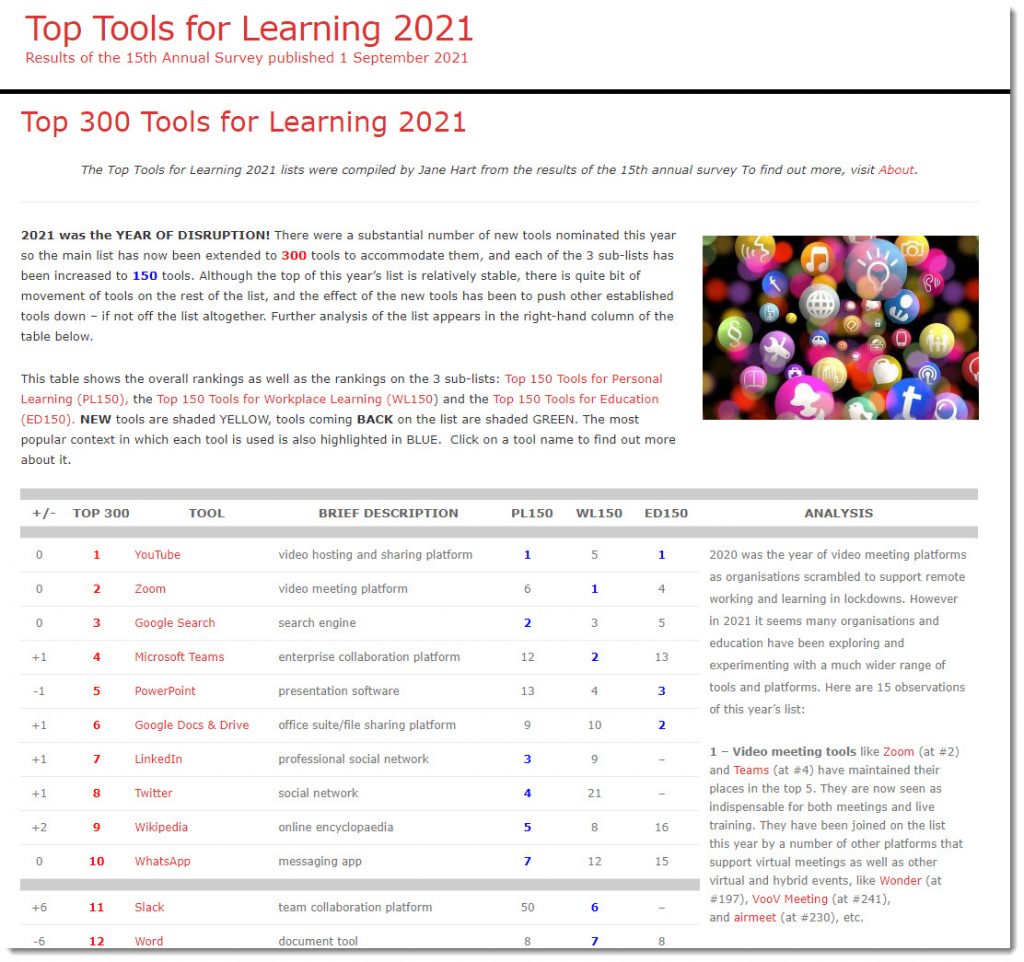How tech will change the way we work by 2030 — from techradar.com by Rob Lamb
Everyday jobs will be augmented by technology
Technologies like Artificial Intelligence (AI), Machine Learning (ML) and Blockchain will have a significant impact on work in the next decade and beyond. But if you believe the sci-fi hype or get bogged down in the technology, it can be difficult to relate them to today’s workplaces and jobs.
Excerpt:
Here are three everyday examples of their potential, expressed in terms of the business challenge they are addressing or how consumers will experience them. I don’t mean to over simplify – these are powerful tools – but I think their potential shines through best when they’re expressed in their simplest terms.
From DSC:
I have an issue with one of their examples that involves positioning AI as the savior of the hiring process:
The problem with this process isn’t just that it’s hugely time-consuming, it’s that all kinds of unconscious biases can creep in, potentially even into the job advert. These issues can be eradicated with the use of AI, which can vet ads for gendered language, sort through applicants and pick out the most suitable ones in a fraction of the time it would take an HR professional or any other human being.
AI can be biased as well — just like humans. Lamb recognizes this as well when he states that “Provided the algorithms are written correctly, AI will be key to organisations addressing issues around diversity and inclusion in the workplace.” But that’s a big IF in my mind. So far, it appears that the track record isn’t great in this area. Also, as Cathy O’Neil asserts: “Algorithms are opinions embedded in code.”
AI may not be as adept as a skilled HR professional in seeing the possibilities for someone. Can person A’s existing skillsets be leveraged in this new/other position?















